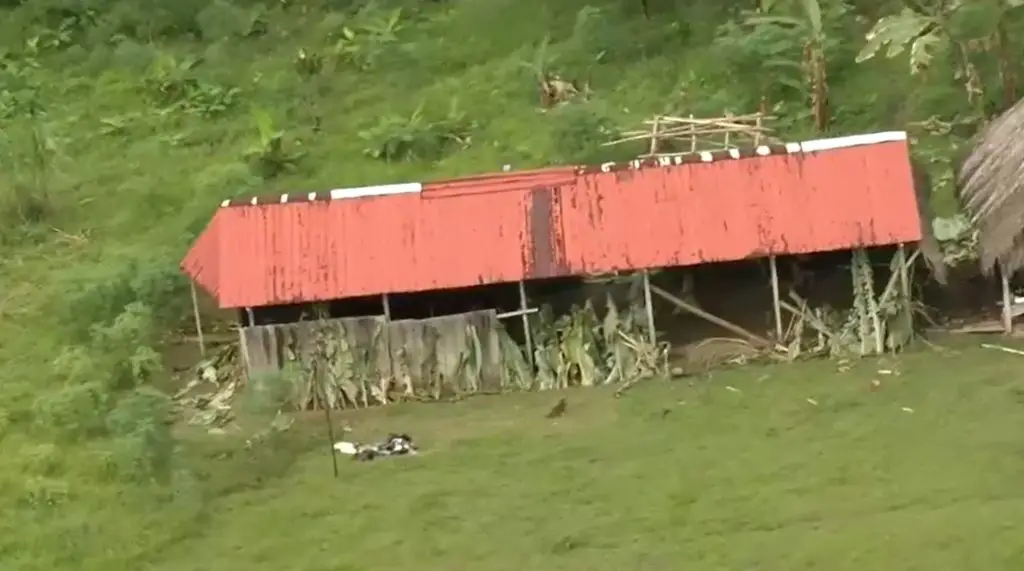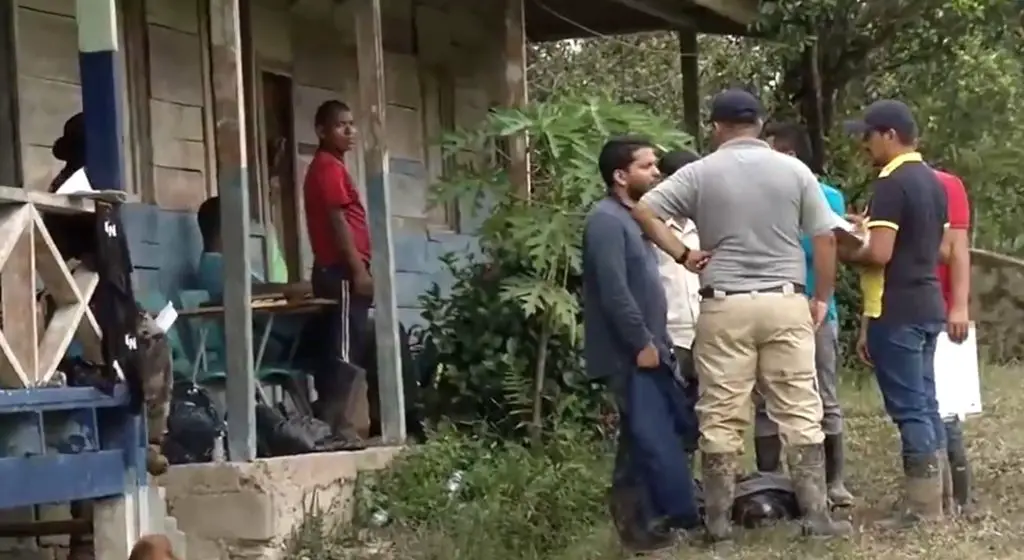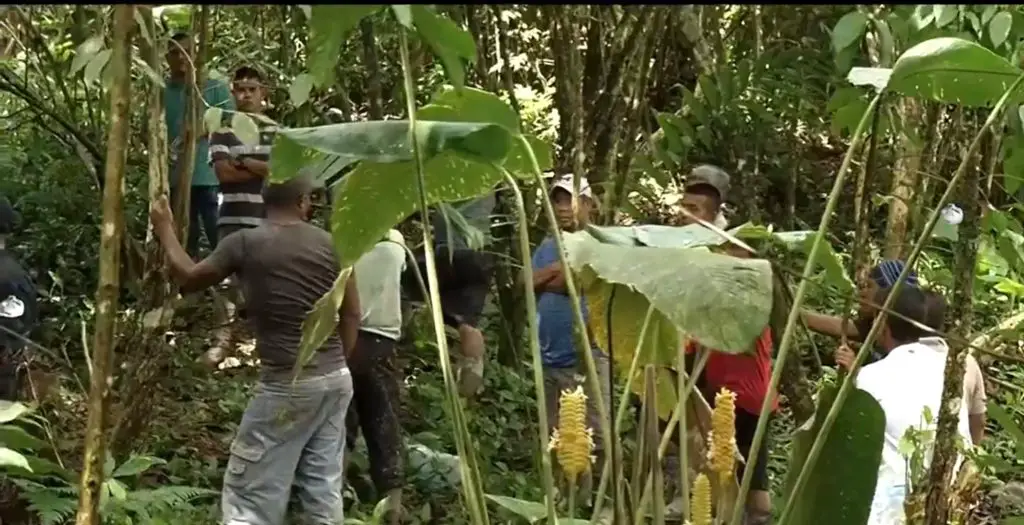Seven members of a religious sect have each been given 50 years in prison for beating six minors aged as young as one and a pregnant woman to death with bibles and machetes in a violent ‘exorcism’.
The killings took place in the indigenous hamlet of El Terron in the Panamanian administrative region of Ngabe-Bugle on 14th January last year (2020).
The crimes were discovered when a man reported the disappearance of his wife and their five children. The authorities found their bodies along with that of the remaining victim in a clandestine grave.

The woman, 33-year-old Bellin Flores, was pregnant at the time.
According to the authorities, the victims were killed by blows inflicted with sticks, bibles and machetes. The minors were aged between one and 17 years old.
A jury found Mario Gonzalez, Olivia Virola, Marcelo Gonzalez, Amalio Medina, Abner Gonzalez, Obnier Gonzalez and Ariel Rios guilty of the murders at the end of a six-day trial.

The court in the district of Changuinola in the province of Bocas del Toro handed them all the maximum sentence of 50 years in prison.
Mario Gonzalez was allegedly the sect leader and the murdered siblings’ maternal grandfather. Two uncles of the murdered siblings were also among those to receive the maximum penalty.
Another two sect members had previously been found guilty of the murders and sentenced to 47 years in prison each after they agreed to a plea bargain.

The Department of Information and Public Relations reported the latest sentences on Friday, 3rd December.
The convicts were members of the Nueva Luz de Dios (New Light of God) sect.
According to investigators at the time, one of the leader’s sons claimed to have had a “divine revelation” that the villagers, including their own family members, needed to be exorcised and should be killed if the “evil” did not leave their bodies.

It was reported at the time that the police saved another 15 villagers, who were found tied up, beaten and burnt, and other community members managed to escape with injuries.
At the time of the crimes, the traditionally Roman Catholic community reportedly had a population of around 300 people and lived off the cultivation of yucca and rice.



